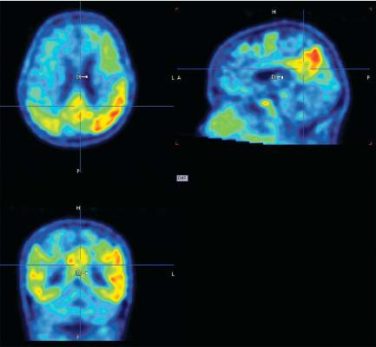REPORTING FROM CROI
BOSTON (FRONTLINE MEDICAL NEWS) – Diagnosing HIV infections in the home and starting persons who tested positive on antiretroviral therapy on the same day significantly increased the likelihood that the HIV-positive individuals would show up at a clinic for care within 3 months of diagnosis. It also improved their odds for having viral suppression at 12 months, compared with those who tested positive but were referred to a clinic for starting ART therapy, the standard of care.
Among 278 residents of the southern African nation of Lesotho, 68.8% of those randomized to an intervention in which they were offered same-day, home-based ART initiation and were given a 30-day supply of medication had linked to care by 3 months of follow-up, compared with 43.1% of those who were diagnosed and then referred to a health care facility to be started on ART, reported Niklaus D. Labhardt, MD , from the Swiss Tropical and Public Health Institute in Basel, and his colleagues.
At 12 months, rates of viral suppression were 50.4% in the same-day ART group, compared with 34.3% in the standard-of-care group, he said at the annual Conference on Retroviruses and Opportunistic Infections.
“This easy addition to the current practice of home-based testing has the potential to improve practice sub-Saharan African when it will become part of future guidelines and policies,” he said at a media briefing following his presentation of the data in an oral abstract session.
Results from the study were simultaneously published online in JAMA .
Although home-based testing for HIV by trained workers has become common in remote areas such as northern Lesotho, those who test positive may be lost to care and become reservoirs of infection in their communities.
In fact, only 33% of those who test positive at home take the necessary steps to receive care and start on lifelong viral suppression therapy, and “two out of three who tested positive actually remain without ART,” Dr, Labhardt said.
Compressing the testing-to-ART cascade into a single day as a means of getting more patients to start on ART has been accomplished successfully in the clinic, but never before in the home-based setting, he noted.
To see whether same-day ART initiation could be accomplished in the field, Dr. Labhardt and his colleagues designed a multicenter, randomized trial in 278 individuals aged 18 years and older from 268 households. The participants who tested HIV positive and were ART naive were chosen from among 6,655 households in rural villages and 17 urban areas in Lesotho who took part in a home-based testing program.
After giving consent, the participants were randomly assigned to either the same-day or standard of care groups.
In the same-day group, participants were offered home-based ART initiation, given a 1-month supply of drugs, and instructed to visit a specified health facility in 2-4 weeks for their first check-up and refill. The patients were scheduled for additional follow-up visits at 1.5, 3, 6, 9, and 12 months.
In the standard-of-care group, patients received posttest counseling at home and were given an appointment to their nearest health facility within the next 4 weeks; once they were linked to care, they were required to make at least two additional visits for testing prior to starting on ART. Once they started ART, they were given monthly follow-up and drug-refill appointments.
The absolute difference in 3-month linkage rates between the same-day and standard-of-care groups was 25.6% (P = .001), and the difference in 12-month viral suppression rates was 16% (P less than .007).
Retention of care, looking only at those patients who continued visits at their assigned clinics, also was significantly better among patients in the same-day group throughout the study (P = .009).
The investigators acknowledged that the study was limited by being restricted to a rural setting with a very high prevalence of HIV and that they did not have information about the possible development of drug-resistant virus among patients who started on same-day therapy but did not complete the health care link. In addition, there was only limited information available about those patients who neither linked to care or dropped out.
Dr. Labhardt said at the briefing that the same-day intervention could likely be successfully implemented in similar settings in other parts rural Africa with high HIV prevalence.
The study was funded by the Swiss National Science Foundation, Stiftung für Infektiologie beider Basel, and the Gottfried and Julia Bangerter-Rhyner Stiftung. Dr Labhardt reported support from the Stiftung für Infektiologie beider Basel and the Gottfried and Julia Bangerter-Rhyner Foundation and travel support to medical conferences from Gilead Sciences Switzerland Sarl. No other author reported disclosures.
SOURCE: Labhardt ND et al. JAMA. 2018 Mar 1. doi: 10.1001/jama.2018.1818 .




